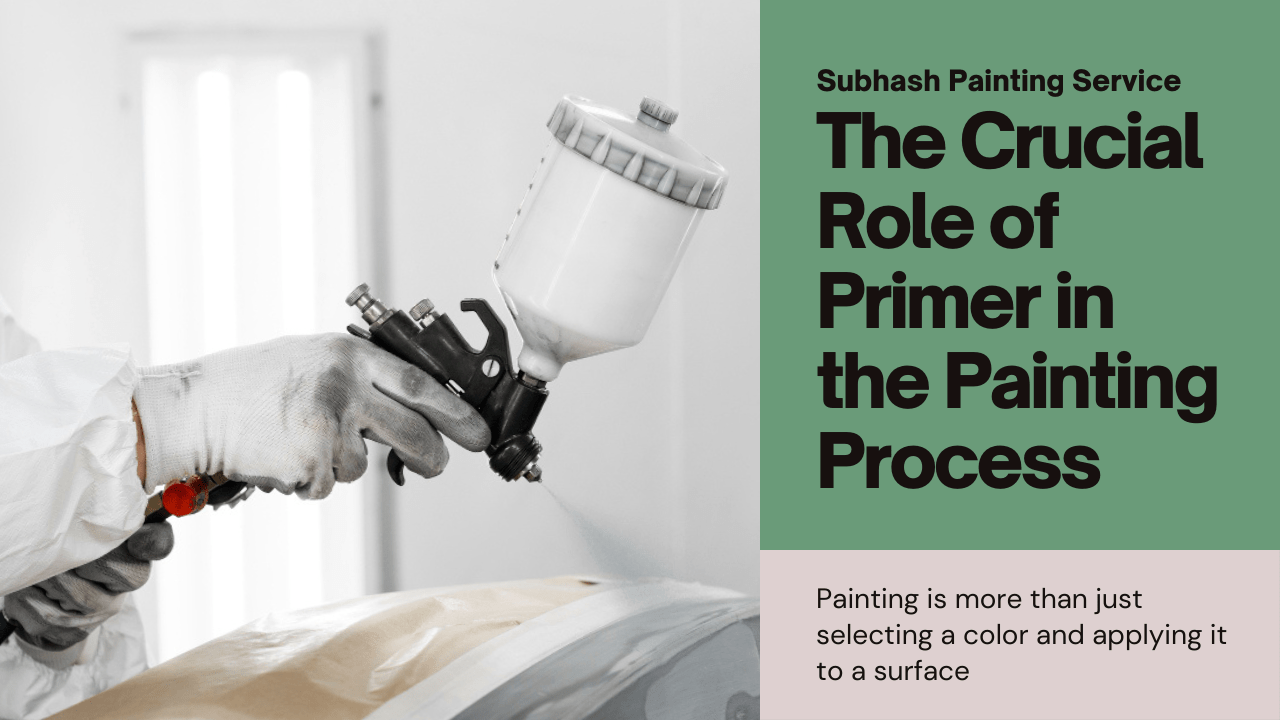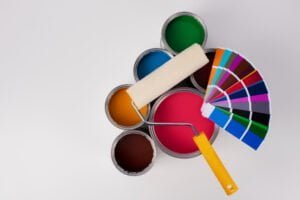Painting is more than just selecting a color and applying it to a surface; it’s a multi-step process that involves careful preparation to ensure a smooth, durable, and professional finish. One often overlooked but critical step in this process is the application of a primer. The primer serves as the foundation for your paint job, playing a pivotal role in enhancing adhesion, durability, and overall aesthetic appeal. In this blog, we will delve into the importance of primer in the painting process and why it should never be skipped.
1. Enhanced Adhesion:
One of the primary functions of a primer is to create a surface that promotes better adhesion for the paint. Surfaces like bare wood, metal, or drywall can be porous or have uneven textures that make it challenging for paint to adhere properly. Primer acts as a bonding agent, providing a smooth and consistent base for the paint to grip onto. This improved adhesion not only ensures a longer-lasting finish but also helps the paint maintain its color vibrancy over time.
2. Sealing and Protecting:
Primers are designed to seal porous surfaces and protect them from moisture, which can be particularly important in preventing issues like rust on metal surfaces or mold and mildew growth on walls. By creating a barrier, primer helps to prevent the infiltration of water, preventing potential damage to the substrate and ensuring the longevity of the paint job.
3. Stain Blocking:
Certain types of primers are formulated to block stains from bleeding through the paint. This is especially crucial when dealing with surfaces that may have water stains, smoke damage, or other discolorations. Stain-blocking primers create a barrier that prevents these imperfections from affecting the appearance of the final paint layer, resulting in a more polished and professional finish.
4. Smoothing Imperfections:
Walls and other surfaces are rarely perfect, often featuring imperfections such as small cracks, dents, or uneven textures. Primer can help smooth out these flaws, creating a more even surface for the paint to cover. This is particularly important for achieving a flawless finish, especially when using glossy or semi-gloss paints that tend to highlight imperfections.
5. Cost and Time Savings:
While it might seem like an extra step that adds time to your painting project, using a primer can actually save you time and money in the long run. Proper priming reduces the number of paint coats needed to achieve full coverage, saving you on paint costs and application time. Additionally, a well-primed surface is less prone to issues like peeling or cracking, reducing the need for frequent touch-ups or repaints.
Conclusion:
In the world of painting, the importance of primer cannot be overstated. It is the unsung hero that prepares surfaces, enhances adhesion, and ensures the longevity and beauty of your paint job. Skipping this crucial step might lead to a less-than-perfect finish, making the investment of time and effort in painting less rewarding. So, the next time you embark on a painting project, remember to give primer the attention it deserves for a professional and durable outcome.



